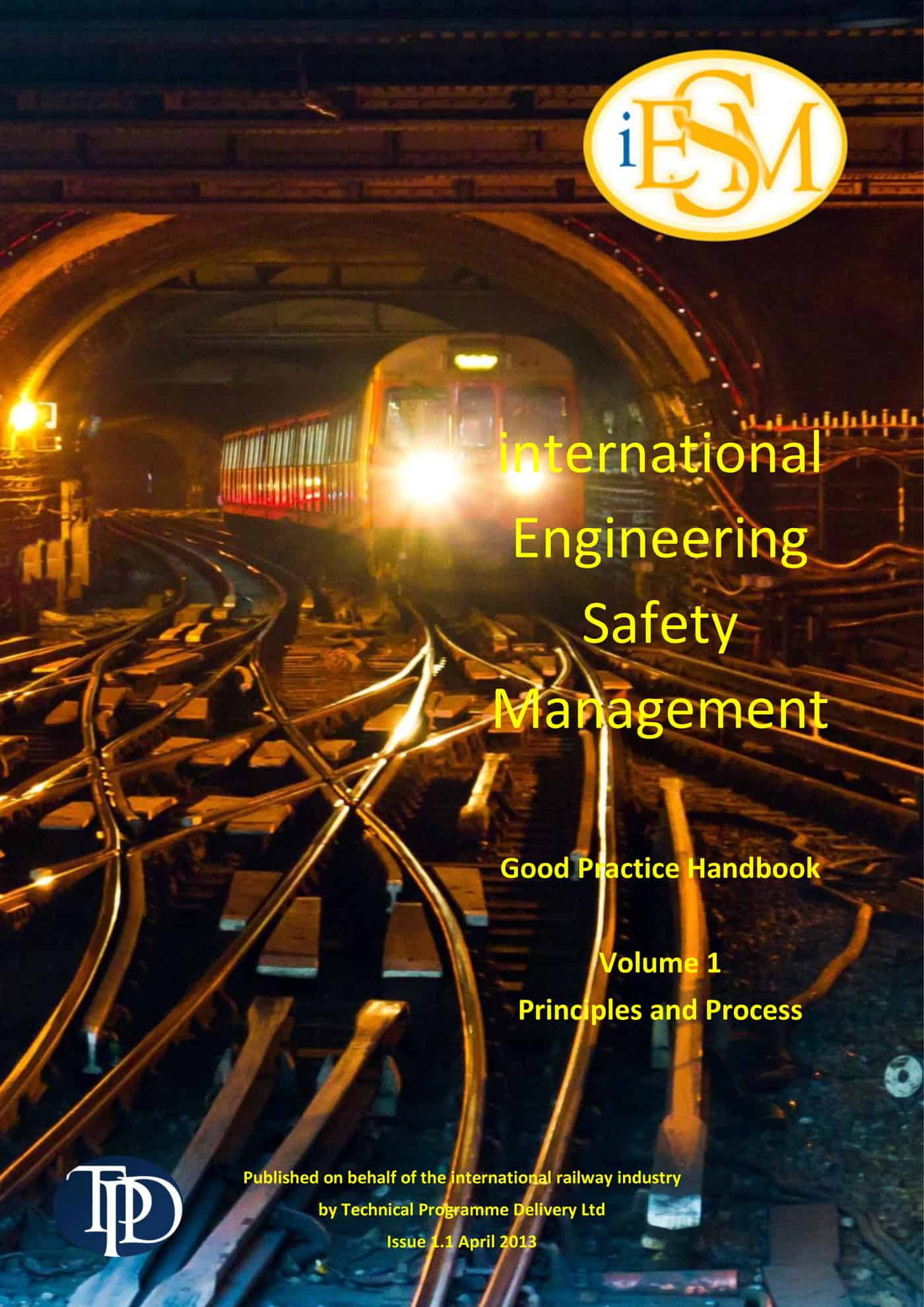Today the Victorian Coroner has released the findings into the 2007 Kerang rail disaster and other level crossing fatalities. SafetyAtWorkBlog has written about issues related to level crossings those articles may help when reading the many media articles that the inquest findings will generate.
Already family members of the Kerang victims have expressed their dissatisfaction with the findings. Continue reading “Coronial findings into level crossing fatalities released”

 The
The 